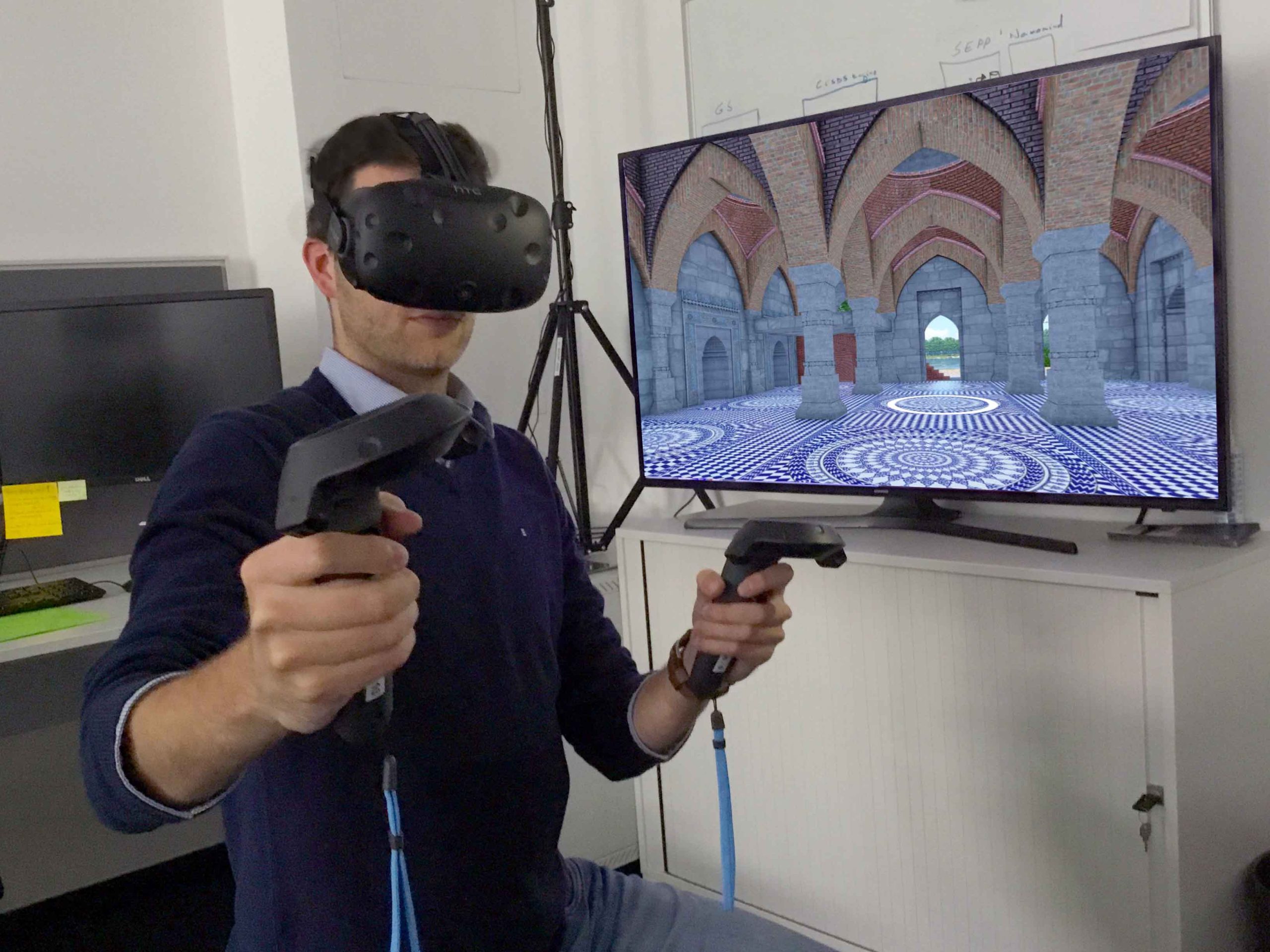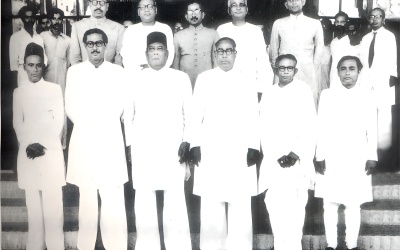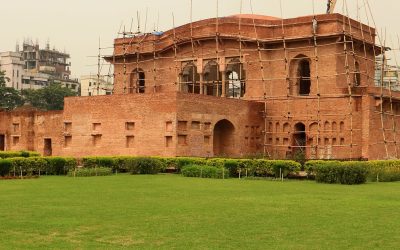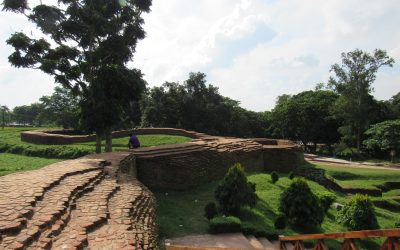Virtual reality (VR) technology has the potential to revolutionize the field of archaeology in a number of ways. From conducting virtual excavations to creating interactive educational experiences, VR is changing the way archaeologists and researchers approach the study of the past.
One of the primary benefits of VR in archaeology is the ability to conduct virtual excavations. Using VR, archaeologists can virtually “dig” through layers of earth and uncover artifacts and structures without damaging the actual site. This allows them to gather valuable data and insights that would be difficult or impossible to obtain through traditional excavation methods.
VR technology can also be used to create virtual reconstructions of ancient sites, allowing researchers and the public to explore and experience these places as they may have looked in the past. This can be especially useful for sites that have been damaged or destroyed, as it allows us to gain a deeper understanding of their significance and importance.
In addition to virtual excavation and reconstruction, VR can also be used to create interactive educational experiences for students and the general public. By using VR, educators can bring ancient sites and artifacts to life, making the study of archaeology more engaging and accessible. VR can also be used to create virtual museum exhibits, allowing people to learn about and experience historical artifacts and sites from the comfort of their own homes.
Another potential use of VR in archaeology is in the field of heritage conservation. By creating virtual models of ancient structures, archaeologists and conservationists can better understand the condition of these sites and develop strategies for preserving them for future generations.
Overall, VR technology has the potential to greatly enhance our understanding and appreciation of the past. It is an exciting new tool that is already beginning to change the way we approach archaeology and will likely continue to do so in the future. As VR technology continues to advance and become more widespread, we can expect to see even more innovative uses of VR in archaeology and other fields.











